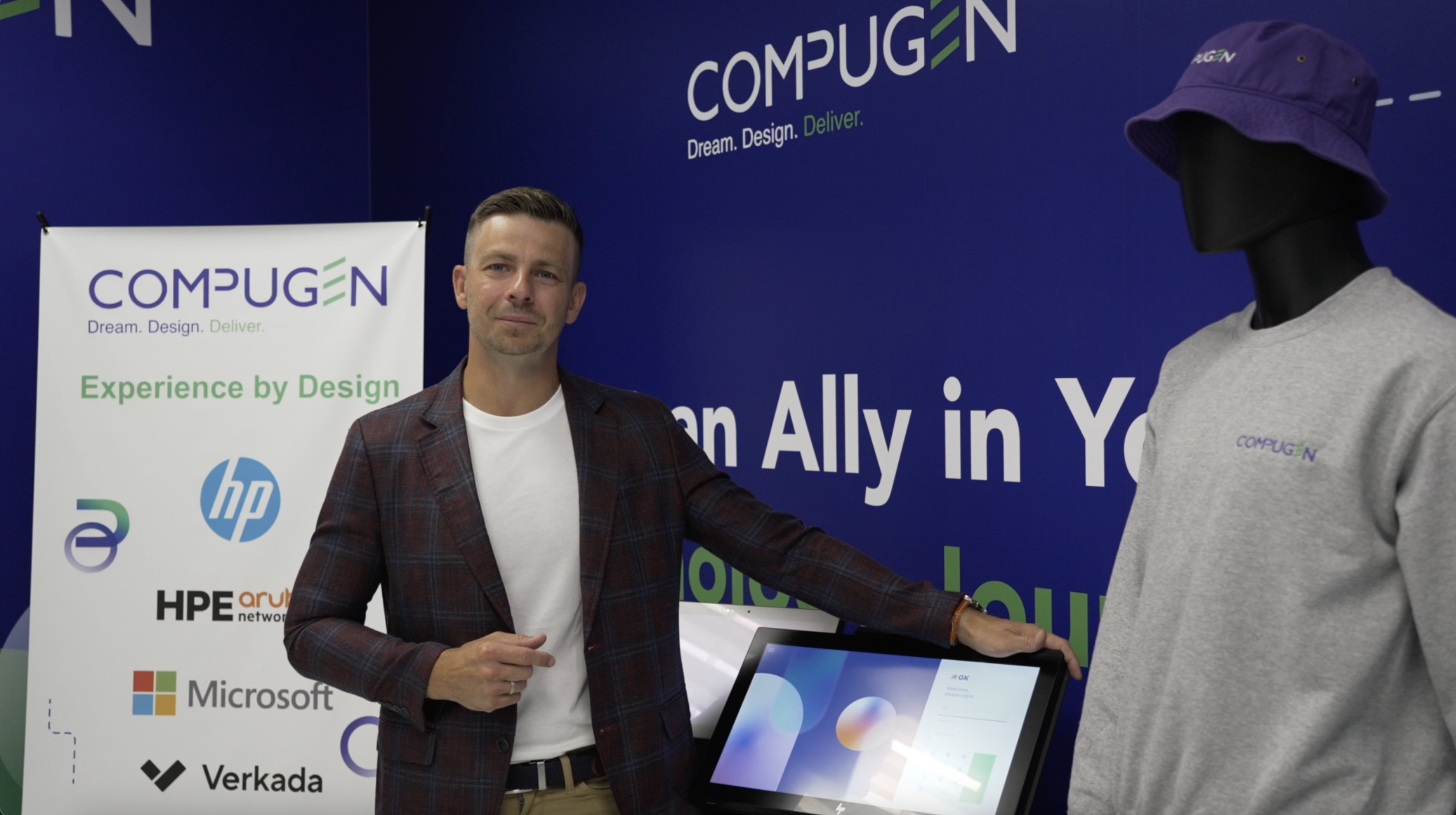Join leaders from Microsoft, Intel, and sustainable policy circles as they discuss circular economy strategies, carbon footprint reduction, and collaborative initiatives. Discover how tech giants drive change through repairability, optimized software, and pioneering approaches for a greener future.
Watch the Webinar:
The State of Green Computing: 2022 Sustainable IT Trends
Panelists:
Brent Smiley, VP, Green4Good, Compugen
Roberta Zouain, Business Clients Platform Manager, Intel
Rustom Patel, Surface Product Marketing Manager, Microsoft
Chris Turner, Expert on Sustainability & CleanTech
Key Takeaways:
-
-
-
-
-
Emphasis on Repairability and Circular Economy: The conversation highlighted the importance of repairability and the circular economy in the tech industry. Companies like Microsoft are actively investing in repair programs, collaborating with organizations like iFixit, and promoting the reuse and repurposing of electronic devices to extend their lifecycles and reduce waste.
-
Carbon Footprint Awareness: Organizations are increasingly aware of their carbon footprints and are seeking ways to minimize their environmental impact. Manufacturers like Intel and Microsoft provide tools such as eco profiles, emissions estimators, and sustainability calculators to help customers understand the carbon emissions associated with their devices and services.
-
Collaboration with Governments and Regulatory Frameworks: There's a recognition that while private sector initiatives are important, broader regulatory frameworks and government involvement are necessary for standardization and effective progress. Examples like the Canada Plastics Pact demonstrate how private sector efforts combined with government collaboration can lead to more coordinated and impactful actions.
-
IT Sector's Role in Emission Reduction: The IT sector plays a significant role in emissions reduction, both in terms of its own carbon footprint and its potential to enable emissions reductions in other sectors. Companies are focusing on energy-efficient hardware, optimized software, and supporting sustainable energy grids to contribute to overall emissions reduction goals.
-
Total Cost of Ownership and Sustainability: Beyond environmental considerations, sustainability also impacts the total cost of ownership. Devices with lower energy consumption, better repairability, and higher secondary market value can result in cost savings over their lifecycle, making sustainability a practical and economic choice.
Overall, the conversation showcased a growing commitment within the tech industry to address environmental concerns, promote sustainability, and collaborate across sectors to create a more sustainable future.
-
-
-
-





.png)